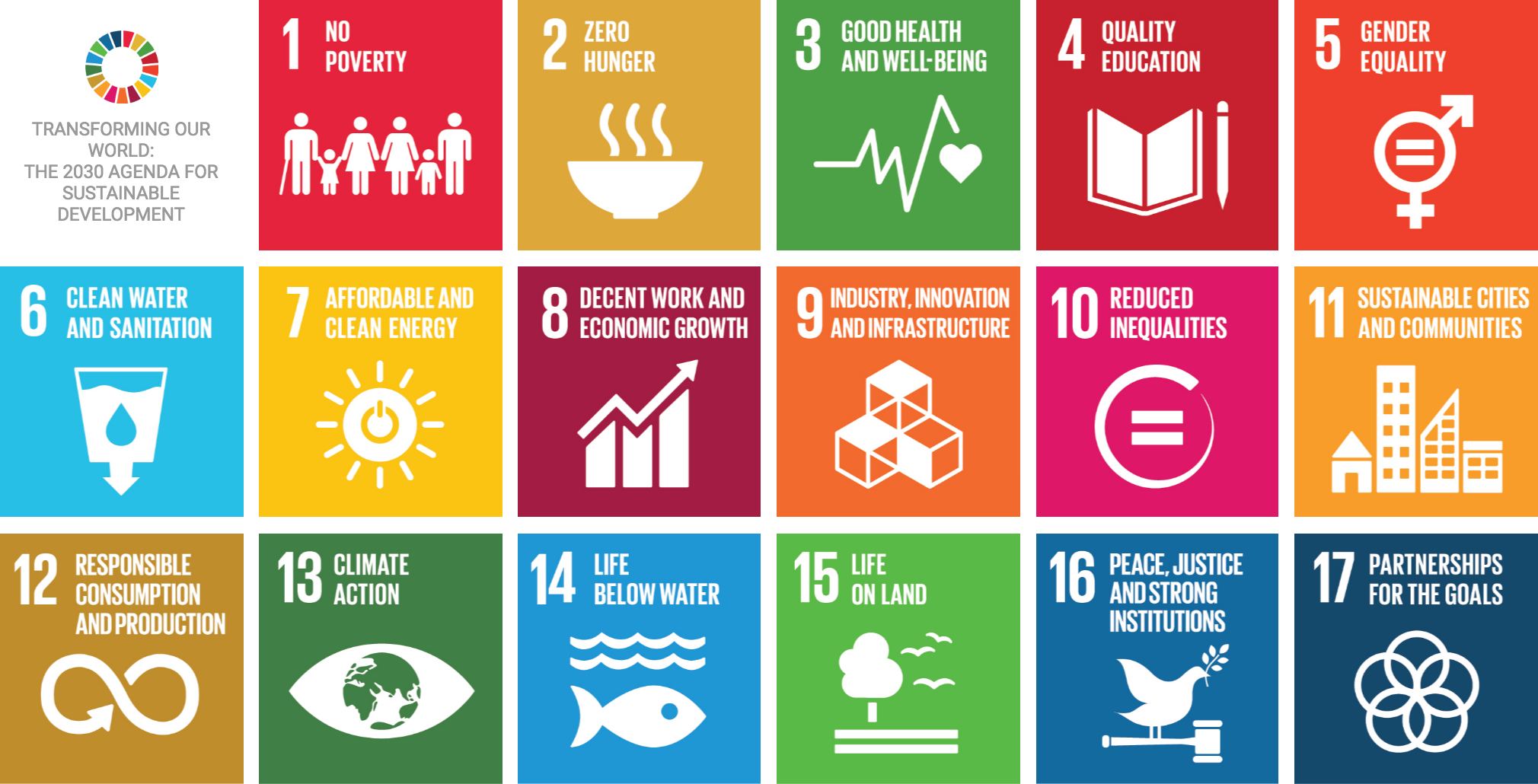I was at the Australian SDG Summit in March 2018, to participate in a discussion on what Australia is doing, not doing, and should be doing, with the Sustainable Development Goals. The summit had 200+ delegates across the community development, social, government, academic, and utility sectors, and speeches from Federal Minister Hon Concetta Fierravanti-Wells and Shadow Minister Mark Dreyfus.
Sustainable Development Goals (SDGs), are a set of goals developed through the UN process that all countries have signed up to, to provide a specific set of goals to be achieved by 2030. They specify 17 goals across aclean energy, wellbeing, sustainable cities, poverty, water, gender equality, to name a few. See the each goal below.
Two things that stood out for me in this summit were:
For Australia the key across so many of the goals is ‘don’t leave anyone behind’. For a developed country we expect that we have access to and meet a high standard of delivery for various services. E.g. good waste management and drinking water supply services. Sometimes it is > 99% of the population in the ‘well off’ category, but not everyone. So, really our focus instead is to use these goals to drive change in improving the quality of life with the most needy. ACOSS has lots of good data on the inequalities and economic divide in our society. At Wave with some recent work we did, we found some good data on the nature of water quality in remote communities – but not comprehensive - and again noting that more needs to be done to improve water quality for these remote communities.
Integration. The goals don’t sit in silo, and to improve any of the goals usually requires several government departments and business to work together. The integration issue was also relevant in that there is tension or trade offs between achieving them. What if improving land and biodiversity means less agricultural production?
Wave recently supported Monash Sustainability Development Institute to collate and interrogate the specific water datasets across multiple indicators that Australia is intending to use to report on SDG Goal 6. Interestingly it was actually hard to get good data for all 11 indicators within this goal, especially that had a good temporal pattern and covered all of the population.
Further work on SDGs can found through MSDI, Department of Foreign Affairs and Trade, and the Global Compact Network Australia.

